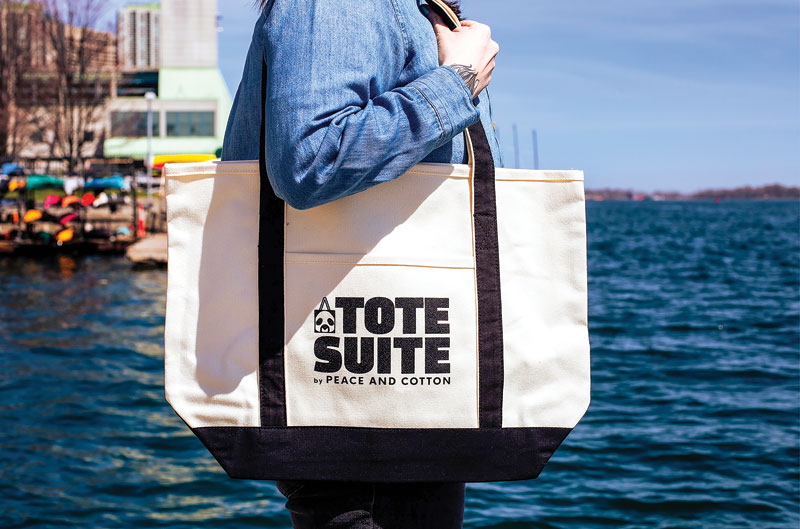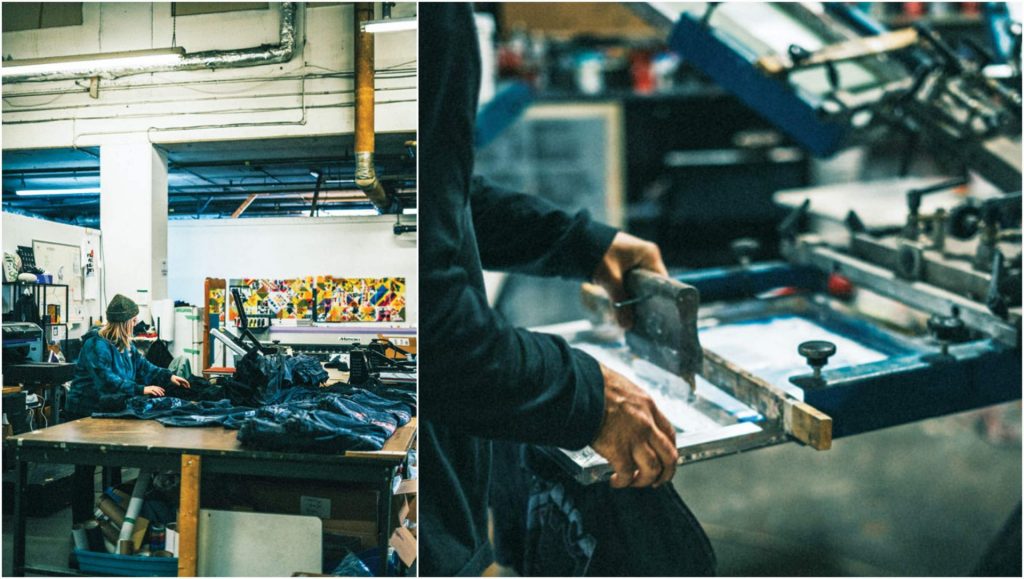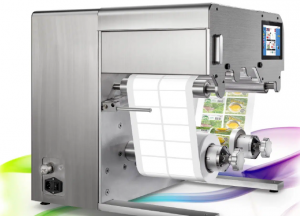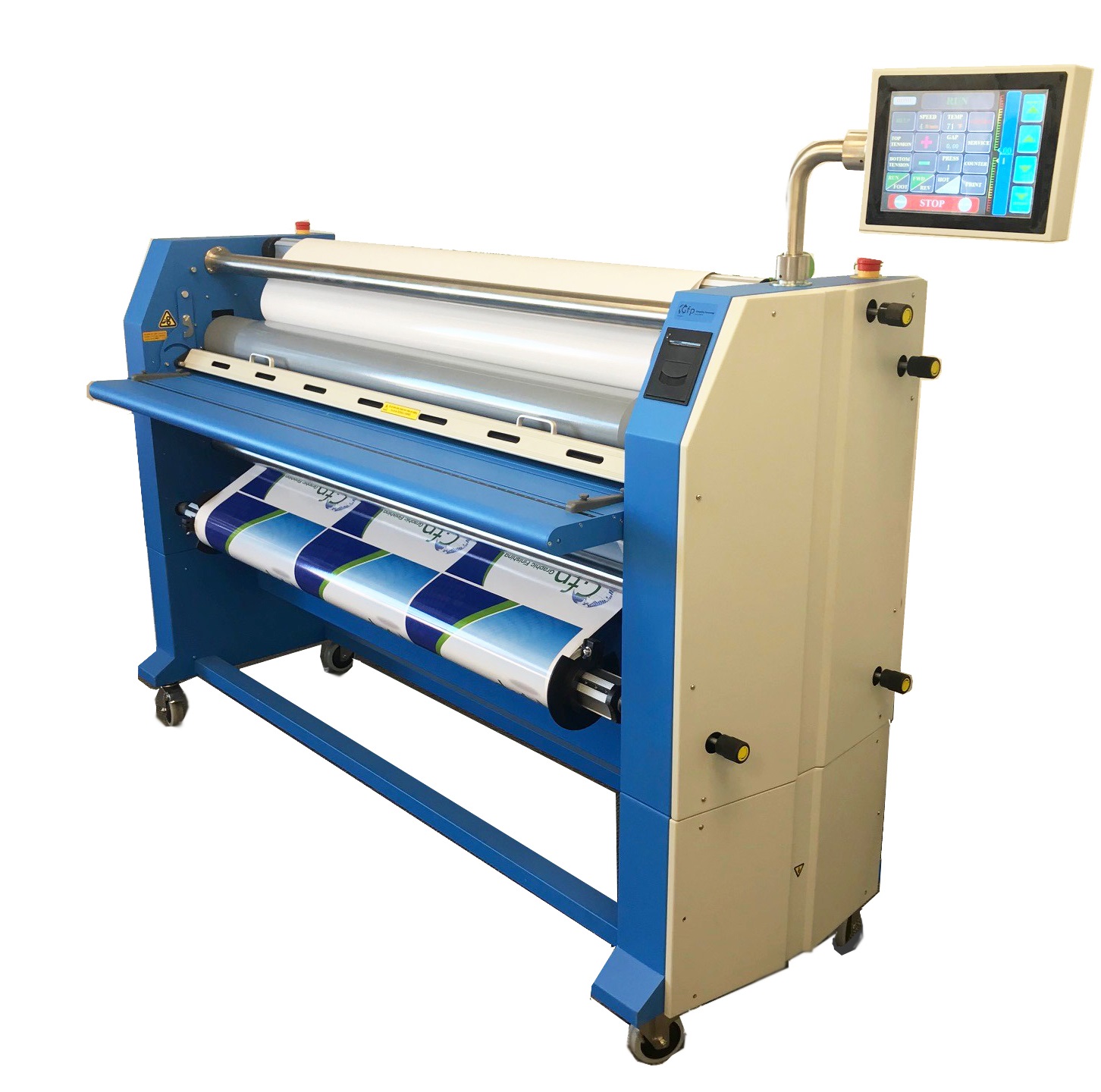Printing 101: Mastering tools, technique, and temperature

Textile printing is a craft. Art, science, and a deep understanding of materials help create vibrant, lasting designs on fabric. From intricate screen prints to innovative digital methods, it’s a world where precision meets creativity—and every detail matters.
To dive deeper, Sign Media Canada chatted with Jeremy Panda, owner of Peace and Cotton in Toronto. With a tagline that says it all—“We make beautiful”—Panda and his team bring a genuine love for their work, proving that textile printing is as much about passion as it is about precision.
Sign Media Canada (SMC): What drew you to start this business, and how has your journey evolved?
Jeremy Panda (JP): I earned a degree in Cultural Studies in the Fine Arts, with a focus on Jazz Performance on trumpet, guitar, piano, and vocals. They didn’t know what to do with me—and I shared the same sentiment—but I did want to complete the degree. I always worked during university: playing competitive pool, coaching tennis, and doing door-to-door sales for a newspaper. I rejected the idea of being a sales guy, but I was pretty good at it.
It formed a bit of a conflict in my psyche. Money became something I didn’t respect as much as I should have—right out of the gate. So, I set out on a journey of spending it whenever I could on the risk-reward of learning what it would be like to have a printing and manufacturing company in Toronto that was bigger than me and my indulgent artistic pursuits.
SMC: Can you walk us through the key processes you use in textile printing?
JP: Screenprinting is a major part of what we do. We have a large automatic press in our Hamilton shop that allows us to run mass production, and smaller manual presses that we can also run production on. We even have portable presses we bring to events around North America—we’ve done more than 700 live printing events, and it’s become a big part of what we do.
Screenprinting is full of integrity and detail, and it’s something I take tremendous pride in offering, especially as the new age comes in and tries to take the nuance and class out of what it promotes. There’s an intelligibility to screenprinting that we all love, and it’s respected in our industry as the classic and most premium print option.
We also do direct-to-garment printing, which is a more subdued, water-based print method that allows for full-colour halftone printing in another premium way. This method is likely dying out, but it’s still one of my favourites. It’s also an integrity-based method and great for both large and small production.
We do embroidery too, which speaks for itself in the premium nature of what it promotes.
Sublimation is printing on synthetic material, and we do that, along with digital transfers. You can’t ignore digital transfers and their value in what we do.
Bright, quick, colour-perfect—if you know what you’re doing. Small to large runs.

SMC: How do you maintain print quality and colour accuracy across different fabrics and production runs?
JP: We keep indexes for colour matching digitally. There are tricks to streamline the process, but the main one is keeping track of the research and development you’ve been doing for decades.
It’s like hitting a golf ball onto a fairway in the wind—there’s an intuitive part of digital colour matching where you can “throw” it, so it lands exactly where it needs to be, if that makes sense.
For screenprinting, it’s much more exacting. But like everything in our industry, there are always caveats and asterisks. I’ve always prided myself on getting into those sometimes agonizing details, so people understand what they will get.
If we need custom Pantone colours, we get them made—in Toronto—by a friend who’s been doing this for decades.
SMC: What challenges are unique to textile printing, and how have you addressed them in your practice?
JP: Sometimes, running samples is different from production runs. One job in particular was a bamboo print job we did years ago. There was a pretreatment and a metre run for approval. All was good. But on 200 metres of bamboo/hybrid material, the print ended up not being even.
So, we built a disclaimer to let people know this could happen. And when you tell people in advance that it won’t be perfect, they’re usually good to go and move forward with their creative vision. This is just one of almost infinite examples I could give.
SMC: Can you share a standout project that was memorable or creatively fulfilling for you?
JP: A $200-billion cosmetics company hired us to produce printed fabric squares—80,000 pieces in total. It was the biggest job we had taken on to date.
We handled more than 11,000 metres of organic cotton, which was cut and sewn in Canada, and printed every piece ourselves. We nailed the project. However, in the second year, the company switched to using unprinted cheesecloth produced in a third-world country to save on costs.
It was a bit of a downer, but I learned a lot from the experience.

SMC: How do you ensure your prints are both vibrant and durable?
JP: You have to trust the industry and the slow evolution of both the good and the bad. You don’t cheap out—you buy the name-brand ink and materials. They keep everyone safe and ensure the ink lasts.
Here’s one of the many hypocrisies, though: regular screenprinting ink looks great, but it can sometimes feel heavy. People want it to last forever, but they also want it to be softer. To achieve that softness, we add a softener—essentially a diluter, among other things. This can affect the ink’s longevity, meaning regular ink softened to enhance the feel in the moment might degrade more quickly over time.
Again, as I mentioned earlier, if you explain this to someone in advance, they appreciate it far more than if they find out after the fact.
SMC: How can textile printing be used strategically to enhance brand visibility through apparel, merch, or graphics?
JP: I think merch is a massive part of any business. It’s how individuals and companies represent themselves. I believe it’s the most necessary accessory to what they do.
Merch embodies their values and insight, and it provides tangible takeaways that further encourage their individuality.
The Printing Press |
SMC: What is involved in the textile printing process, and how does it differ from other print methods?JP: All methods are vastly different. Silk screen is my favourite because of all the steps involved. Exposing screens and selecting the right mesh counts to control the amount of ink that passes through are part of the exacting process. This attention to detail makes my team valuable to our company and the individuals we serve. ________________________________________________________________ SMC: What is dye sublimation printing, and what are its advantages for fabric-based applications?JP: At a specific temperature, the pores of a synthetic surface open. In a non-liquid, gaseous state, sublimation ink travels into those pores. After the right combination of pressure, time, and temperature, the pores close, sealing the ink inside. Airplanes, soccer jerseys, and mugs—all synthetics behave differently when it comes to the heat, time, and pressure involved. That’s why keeping track of these variables and being mindful of the specific “pores” you intend to print on is essential. ________________________________________________________________ SMC: What should clients consider when preparing artwork or files for textile printing?JP: 300 dpi to size works. Working art files are preferred. It’s not paper, so it’s a lot less perfect. Many digital methods intend to print at 300 dpi but lay down at around 150 dpi because textile is porous and not flat. This is a fun fact most people don’t know: if you look closely, digital printing on fabric doesn’t look the same as offset or litho printing on paper and hard substrates. Silk screening gets pretty close, and the halftones can be amazing. But it’s still not paper or sign material. Because of this, we approach every project with a necessary level of “acceptance” for the craft. In my opinion, this makes the process a lot of fun. ________________________________________________________________ SMC: What post-processing steps do you take to ensure print durability, wash fastness, and fabric integrity?JP: Again, we follow all industry recommendations. But always remember that temperature and moisture can affect your workplace and the permanence of inks, so you must always be mindful of the climate in your shop. |






